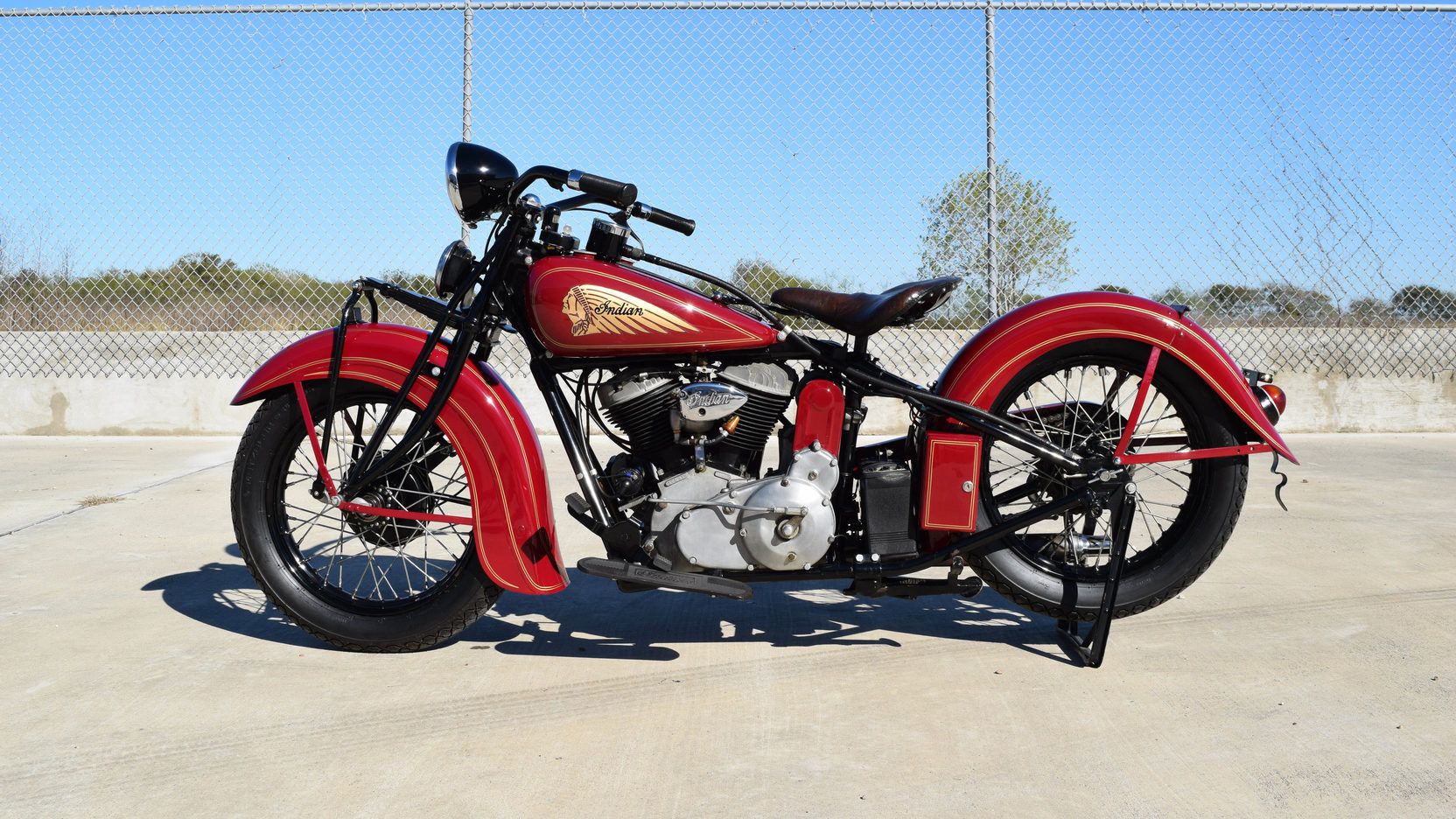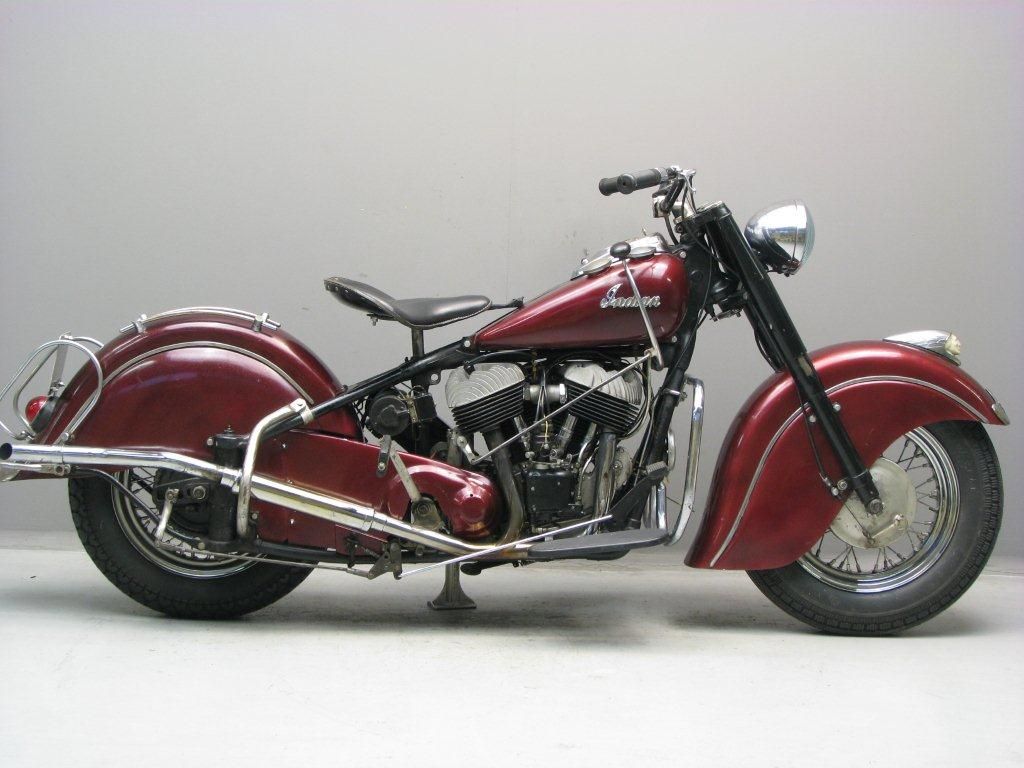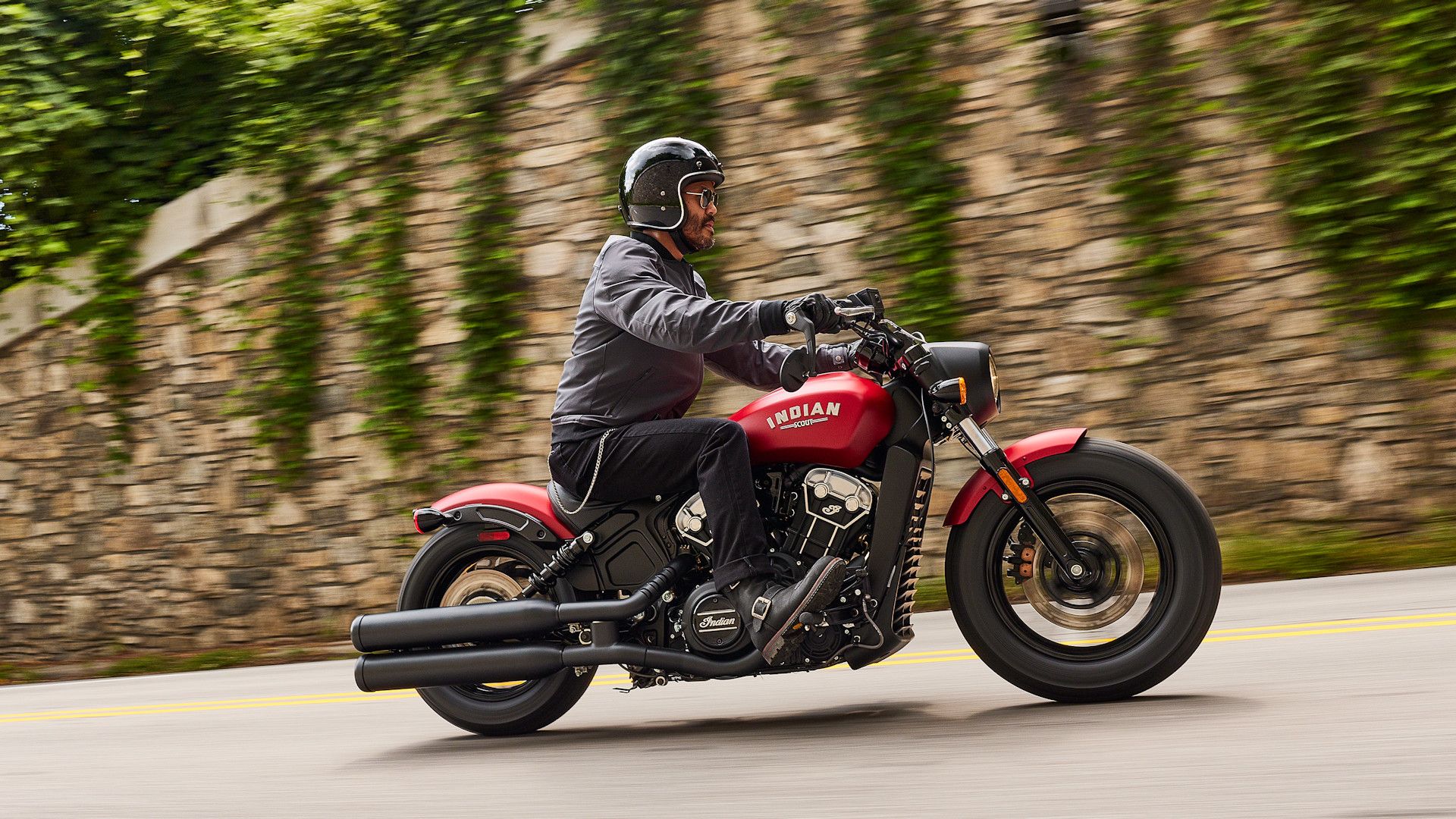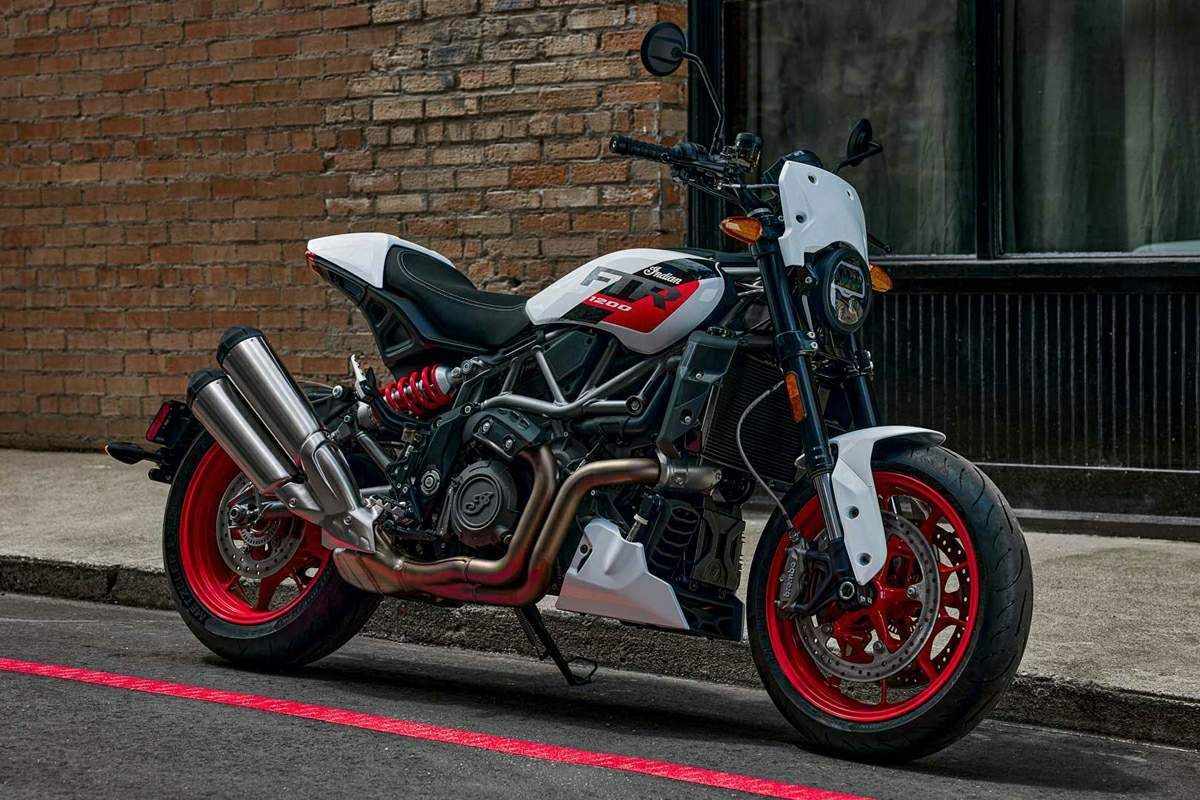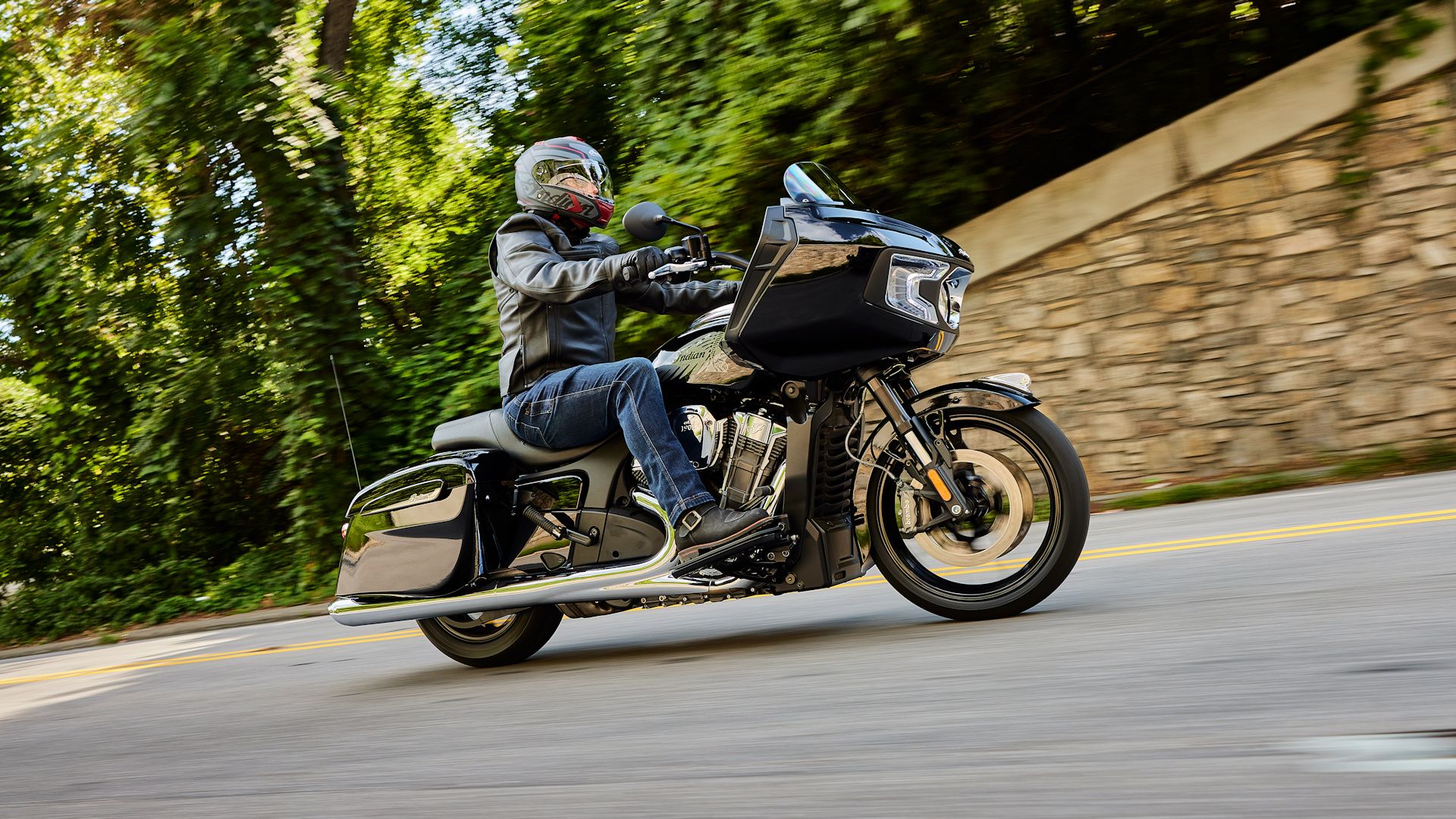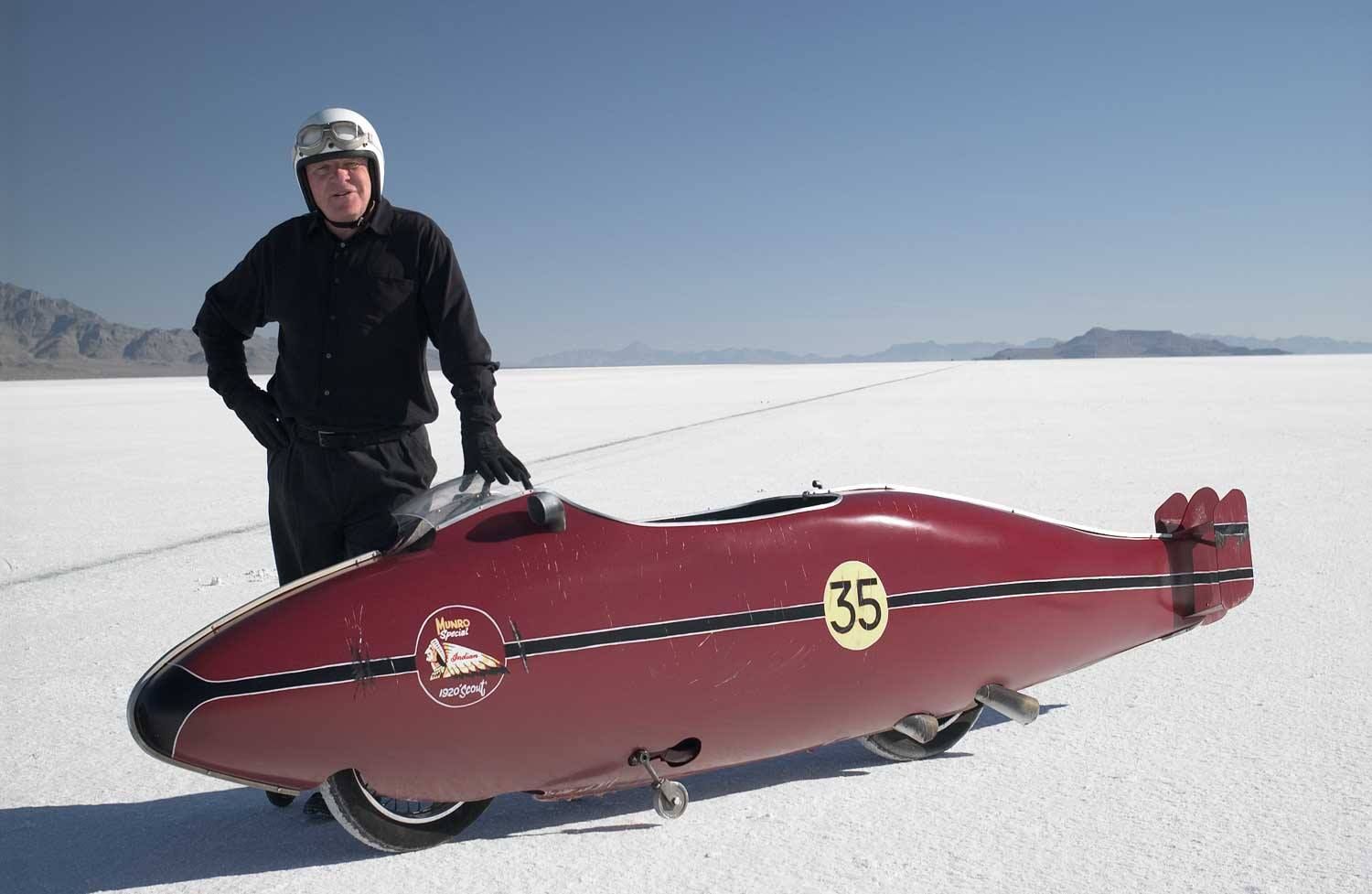Overshadowed by Harley-Davidson for so many years, Indian Motorcycle built its first model in 1901, two years before Harley-Davidson, and then built a V-twin engine some four years before Harley built their first V-Twin.
Up to the beginning of the Second World War, the two companies ran neck and neck, but the war was to have different outcomes for the two rival brands: Indian soldiered on until 1953 while Harley would survive boom and bust years before emerging refreshed in the early 80s to maintain their position of dominance. The Indian name returned to mainstream production in 2011, thanks to Polaris Industries and is again today Harley-Davidson’s closest competitor in the large cruiser market. Before 1953, however, Indian produced some of the best motorcycles of their type.
10 1901 Indian F-Head: The Very First Indian
The Hendee Manufacturing Company was formed in 1897 by George M. Hendee, manufacturing bicycles, one of which was called the American Indian. Shortened to simply ‘Indian,’ the name was adopted as the manufacturing name from 1898, to help identify the brand as American in export markets.
By 1900, engineer Oscar Hedstrom had joined the company and designed the first single-cylinder, 1.75 horsepower engine, which was used as a stressed member of the bicycle-derived frame. Four were built in 1901 and demonstrated to win investment for the fledgling motorcycle manufacturer. Another unique element was the use of chain final drive as opposed to the leather belt drive employed by other manufacturers.
9 1910 Indian Single Model A: Moving Away From Bicycle Frames
Even though Indian had introduced its first V-Twin engine in 1905, single-cylinder engines were still the mainstay of the range. By now, motorcycles had outgrown their bicycle roots and had bespoke frames and cycle parts. The 1910 Model A was the real beginning for Indian, producing motorcycles as we know them today.
Slim and light, it still featured pedals which were used to start the engine and as an emergency power back-up in the event of a break-down, which wasn’t uncommon in those early days of pioneering motorcycles. Ignition was by magneto, a carburetor was used, and the engine featured an overhead intake valve and a side exhaust valve.
8 1916 Indian Powerplus: The First Flathead
Prior to 1916, Indian V-Twin engines utilized inlet-over-exhaust valves for its 1000cc V-Twin engines. The arrival of Charles Gustafson from Reading Standard changed all that, as Gustafson designed a new flathead engine for Indian, which became known as the Powerplus. The benefits were quieter running, cheaper manufacture and less maintenance. The engine was installed in existing Big Twin frames, with the addition of Indian’s Cradle Spring Frame, which featured a rear swing arm suspended by trailing leaf springs, which greatly improved road holding and comfort.
7 1920 - 1949 Indian Scout: Truly Successful
By the 20s, Indian was producing very high quality motorcycles and the 1920 Indian Scout was another big step forward for the company. A relatively small - 605cc - V-Twin engine was fitted to a suitably scaled-down chassis and the transmission was bolted to the engine crankcases, enabling maintenance-free gear primary drive, unique in American motorcycles of the time.
In 1928, the Scout 101 with its 750cc V-Twin engine was released, which has often been referred to as the most important motorcycle Indian made from the beginning of the company to the beginning of the second world war. Successful as a road machine, it was also popular with racers. In 1932, the Scout received a new frame that it shared with the rest of the Indian range - Chiefs and Fours - in the interested of cost saving.
6 1922 - 1953 Indian Chief: Iconic Style
In 1922, Indian unveiled the 1000cc (61ci) Chief. It lasted a year before the engine was enlarged to 1,200cc (73ci). By the time the Second World War was starting in Europe, Indian started fitting all Chiefs with the heavily skirted fenders that would become as much of an Indian trademark as the Indian headdress logo.
Furthermore, Indian introduced a sprung frame that was measurably better than Harley’s rigid rear frame. Post-War, the engine gained one more cubic inch of displacement, taking it to 74ci, and a top speed of 85mph, or 100mph when tuned. A final enlargement to 1,300cc (79ci) came in 1950 but, by then, the writing was on the wall for the company.
5 1927 - 1942 Indian Four: Decades Before The Japanese
Four-cylinder engines loom large in American motorcycling in the pre-war years. In 1927, Indian bought the Ace Motor Corporation and started using the four-cylinder engine in its own chassis, creating the Indian Ace. This was developed into the Indian 401 in 1928 and the Indian 402 in 1929, with detail differences to the engine and the frame.
The Indian Four somehow survived the ravages of the Great Depression and would be produced by Indian until 1942, when all Indian production was turned over to building motorcycles for the army. After the war, the Indian Four didn’t reappear, production limited to the Chief model.
4 2015 Indian Scout: Return Of A Famous Name
Between 1953 and 2011, various entities owned the Indian Motorcycle name, but it isn’t until 2011 and the purchase of the name by Polaris Industries, that stability once again returned to the fabled American manufacturer. Predictably, Polaris drew from Indian’s heritage to name its new models, and of these, possibly the Scout is the most important. Bringing the Indian name to a new generation of buyers, not only for its relatively low price, but for its sporty nature.
Powered by a water-cooled V-Twin engine of 1133cc, pushing out 100 horsepower and 72 foot pounds of torque. Its styling is distinctly retro, but there is nothing retro about the performance and dynamics, both of which helped Indian into the position in American motorcycling it holds today.
3 2019 Indian FTR 1200: New Directions
Much of Indian’s history is inextricably linked with sport, most notably with board track racing of the 20s and 30s. While the modern range did nothing to enhance that sporting reputation, Indian then threw a curveball in 2019 with the introduction of the FTR1200, a thoroughly modern take on the sporting flat-track motorcycle.
Powered by a 1203cc V-Twin engine pushing out 120 horsepower and 87 foot pounds of torque, it might have been a complete departure from the standard large cruisers, but it was no less an important model, giving American buyers an alternative to naked sport bikes from the likes of Ducati, Triumph, KTM and BMW.
2 2020 Indian Challenger: The Ultimate Touring Motorcycle
2011-onwards Indians adhered to the vintage aesthetic but, with the 2020 Challenger, Indian produced a modern-looking touring cruiser, powered by a liquid-cooled V-Twin engine which recalled the famed Powerplus model, even if it was in name only. Featuring a frame-mounted fairing and hard saddlebags, the Challenger is fast and refined, comfortable and dynamically brilliant, while still being big and heavy, but that’s nothing you wouldn’t expect. The Challenger is pointing the way to future Indian models, where the air-cooled engine will have to be phased out due to emissions regulations.
1 Indian Scout Streamliner: ‘Munro Special’
All right, so it’s not an official Indian model, but the story of how New Zealander Burt Munro took a 1920 Indian Scout and modified it over the next 47 years to create his record-breaking streamliner, which set world records at the Bonneville Salt Flats in the 60s, is one that has done as much to burnish the Indian legend as any production model.
At the beginning, the engine displaced 600cc, but by the end, displacement was 950cc, Munro having cast hundreds of pistons and cylinder barrels himself in the quest for speed. His great ambition was to travel to the Bonneville Speed Week with his machine and this he managed for the first time in the late 50s, with his last visit being in 1967. It was in that year that he set an unofficial one-way speed record for an Indian Motorcycle of 205.67mph, the two-way average being 183.59mph. This record still stands today.

